Likes
- Utterly beautiful to look at, sit in, drive and experience.
- Some models retaining excellent value (some not).
- Huge range to choose from.
- Immense capabilities.
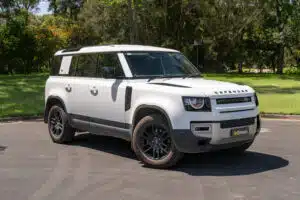

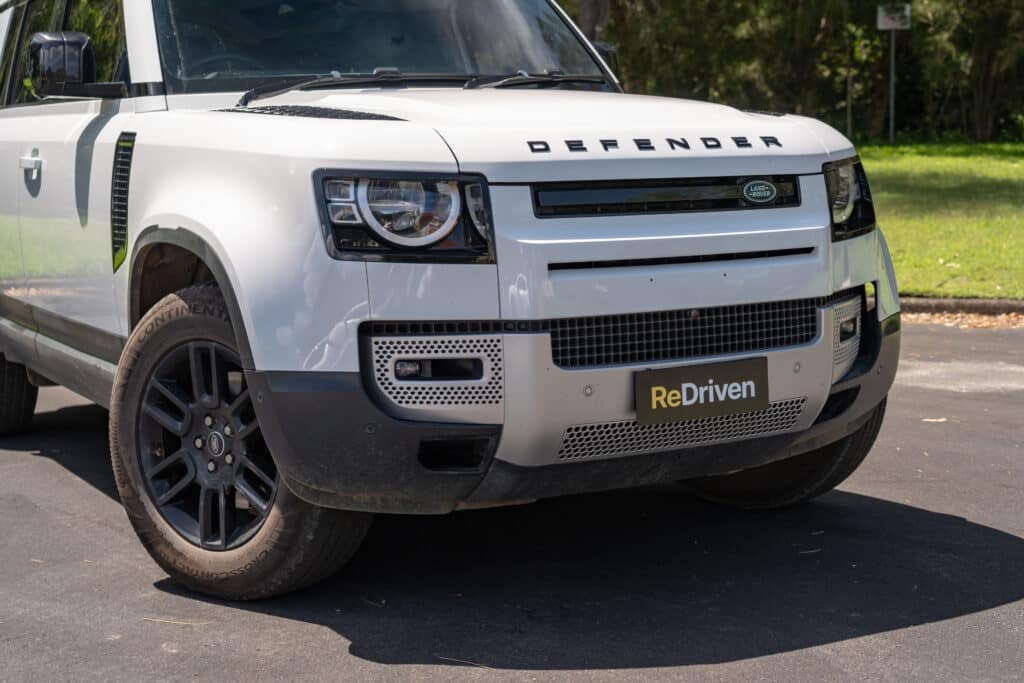

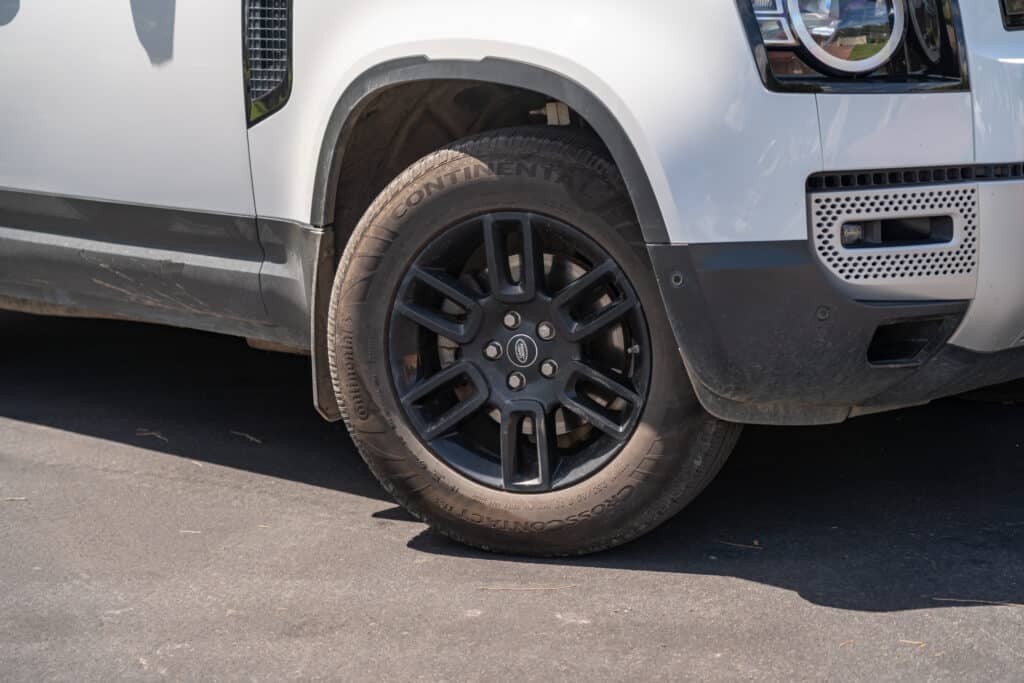
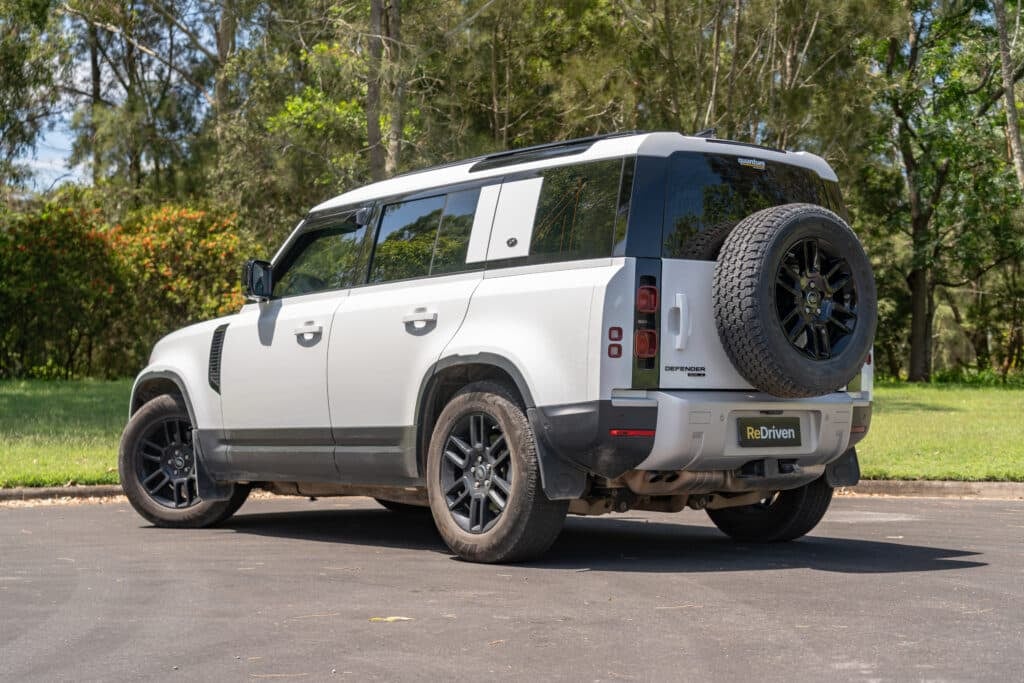
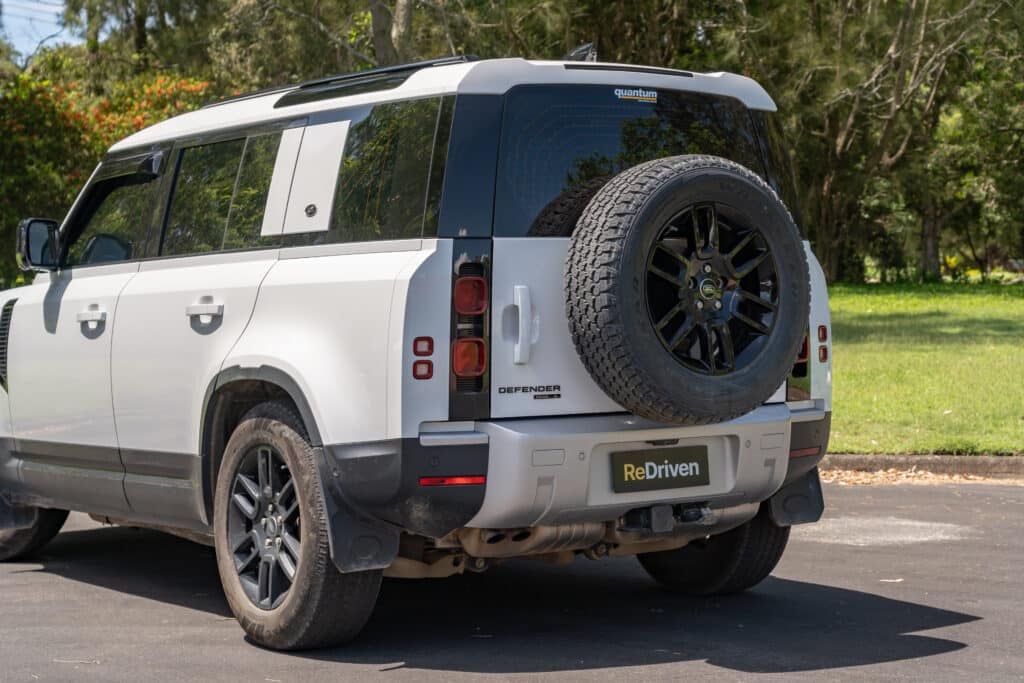
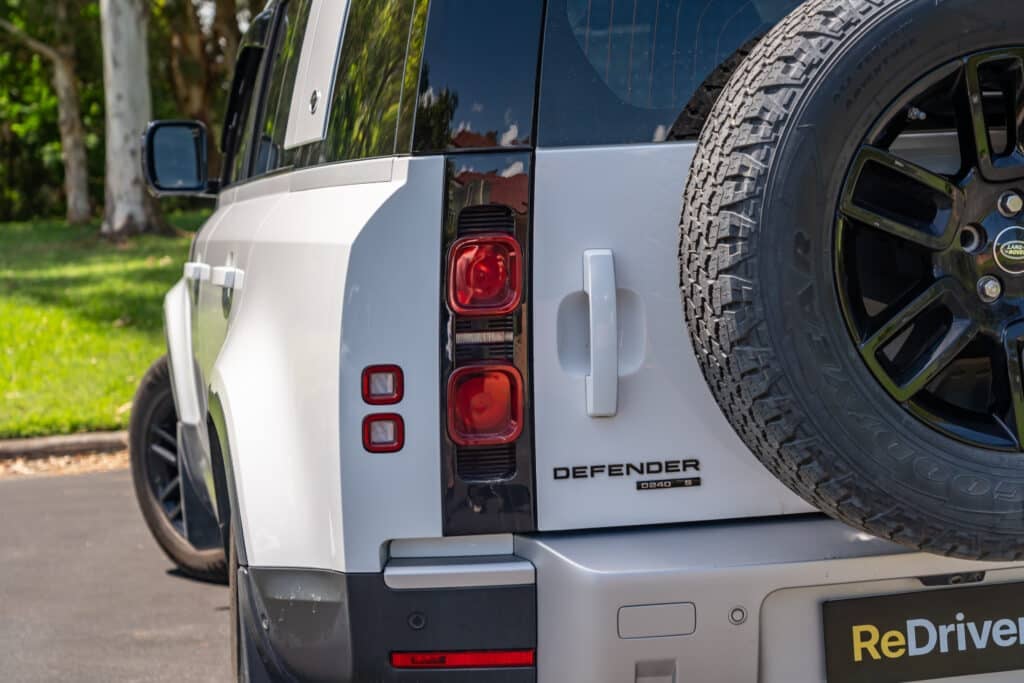
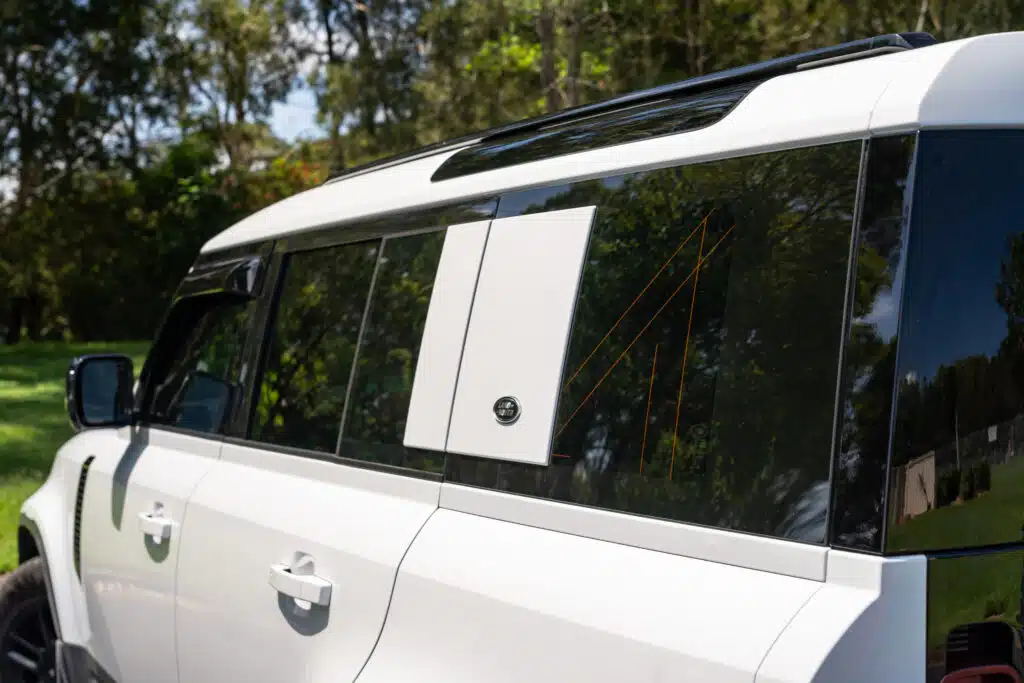
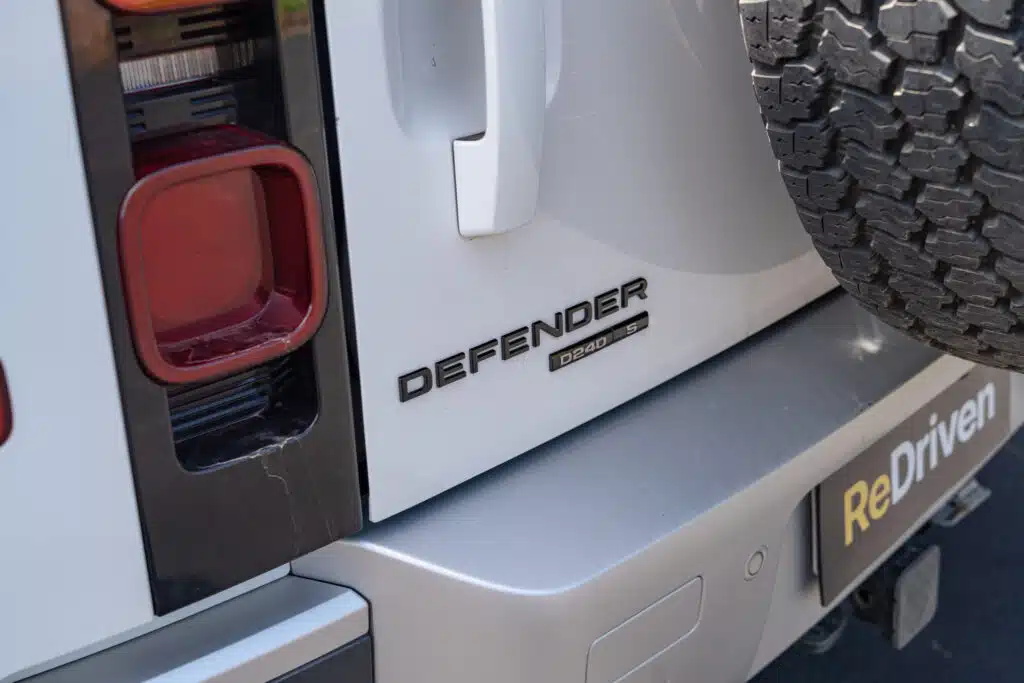
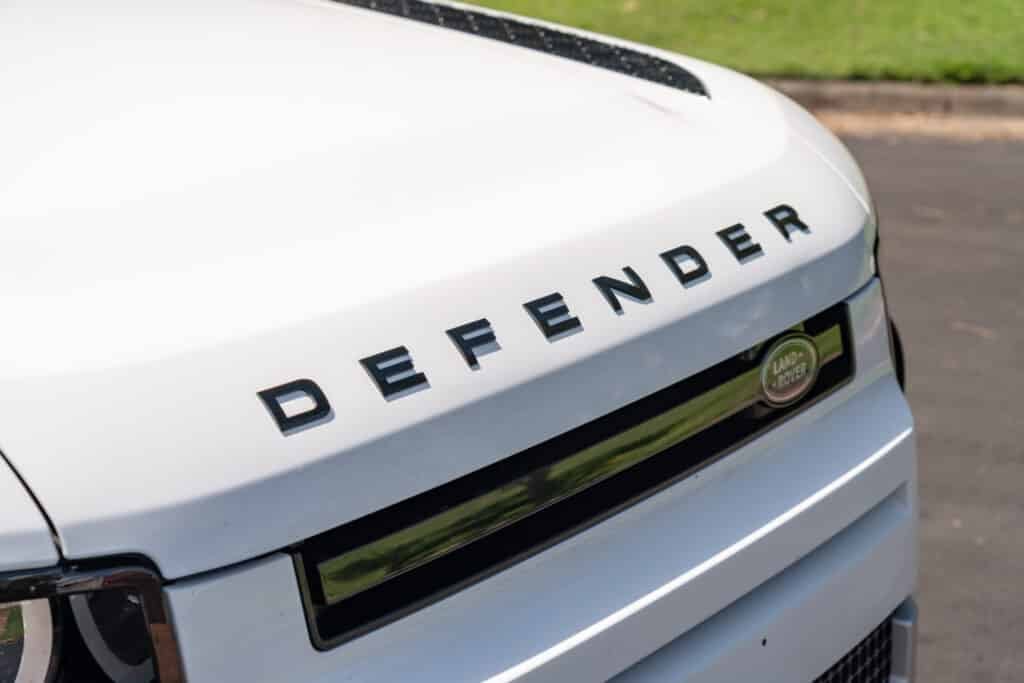
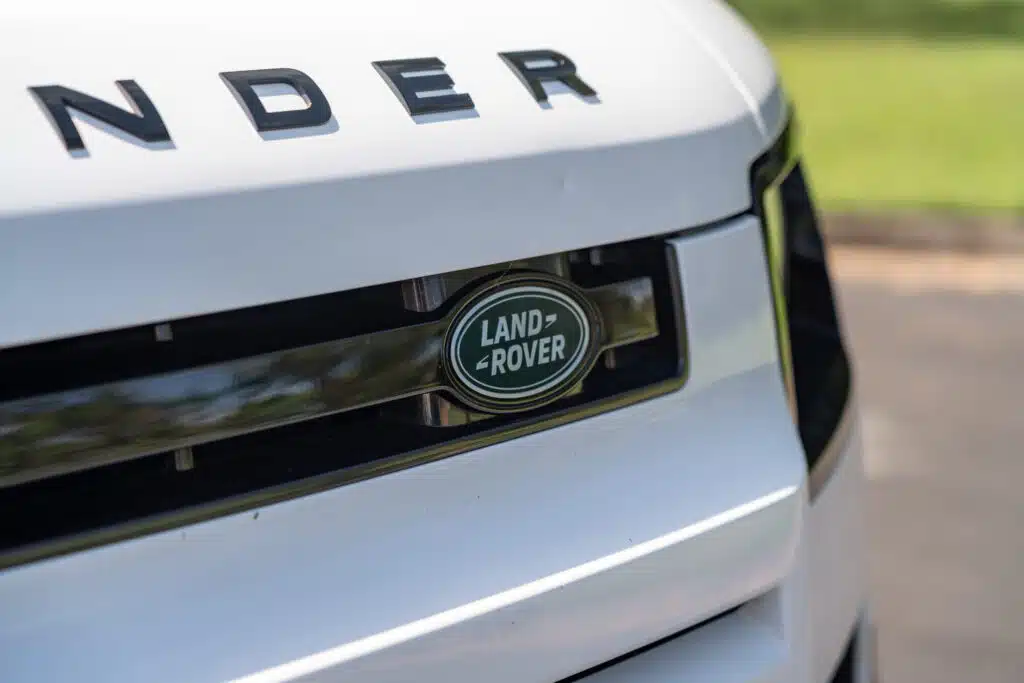
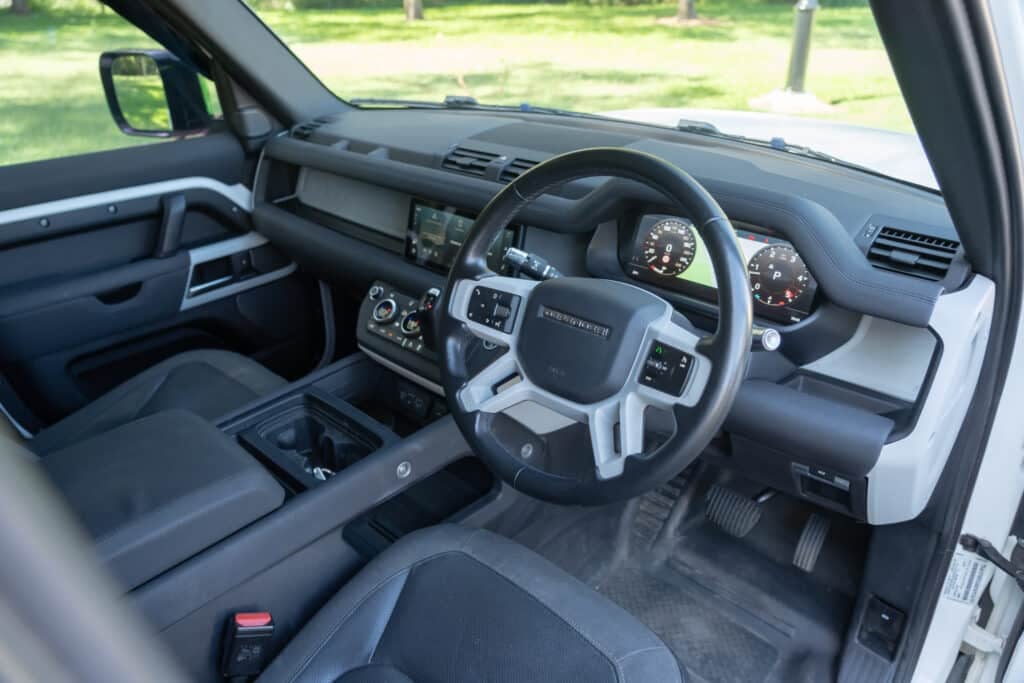
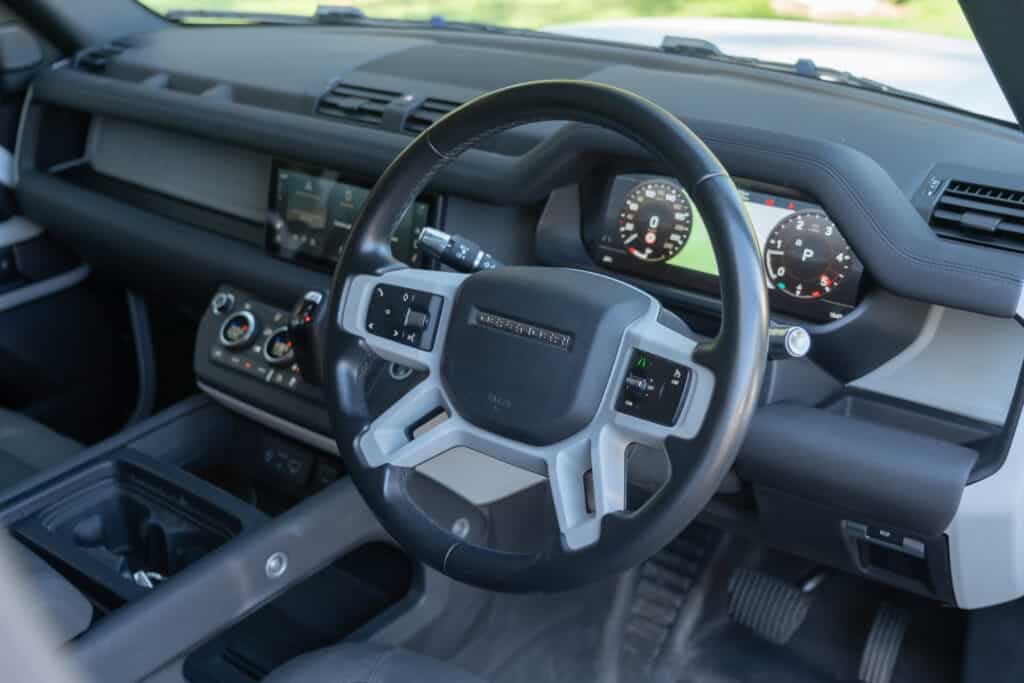
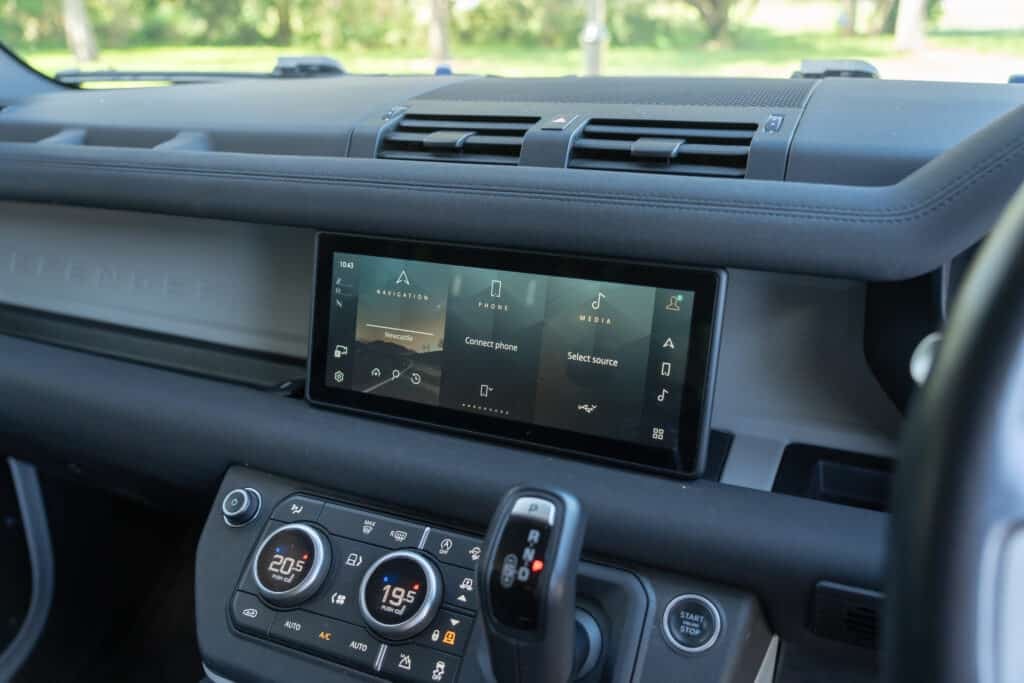
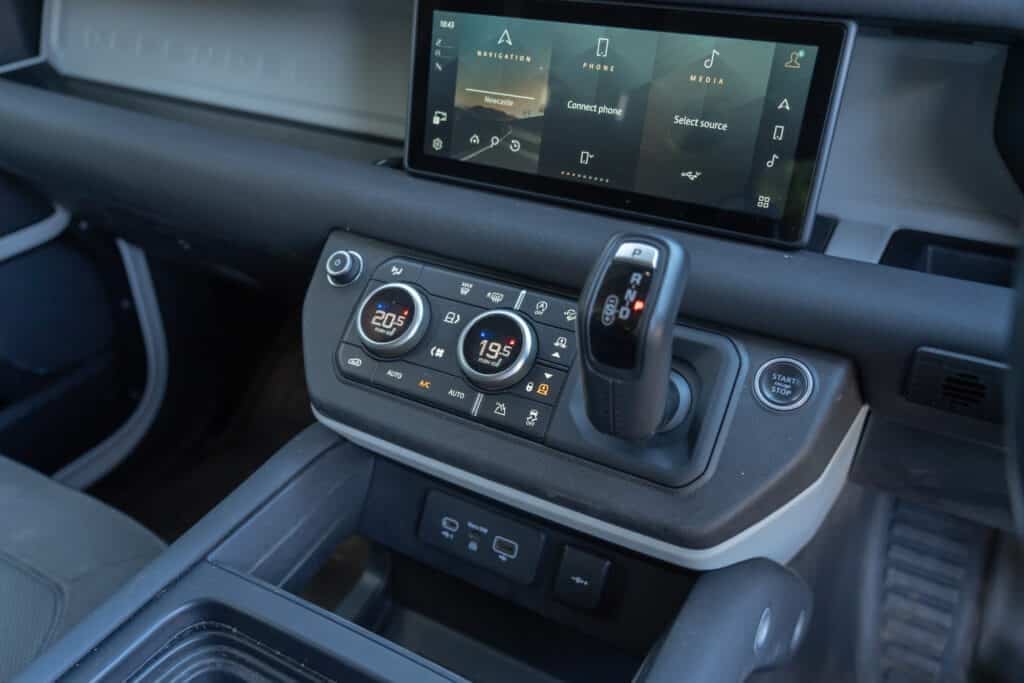
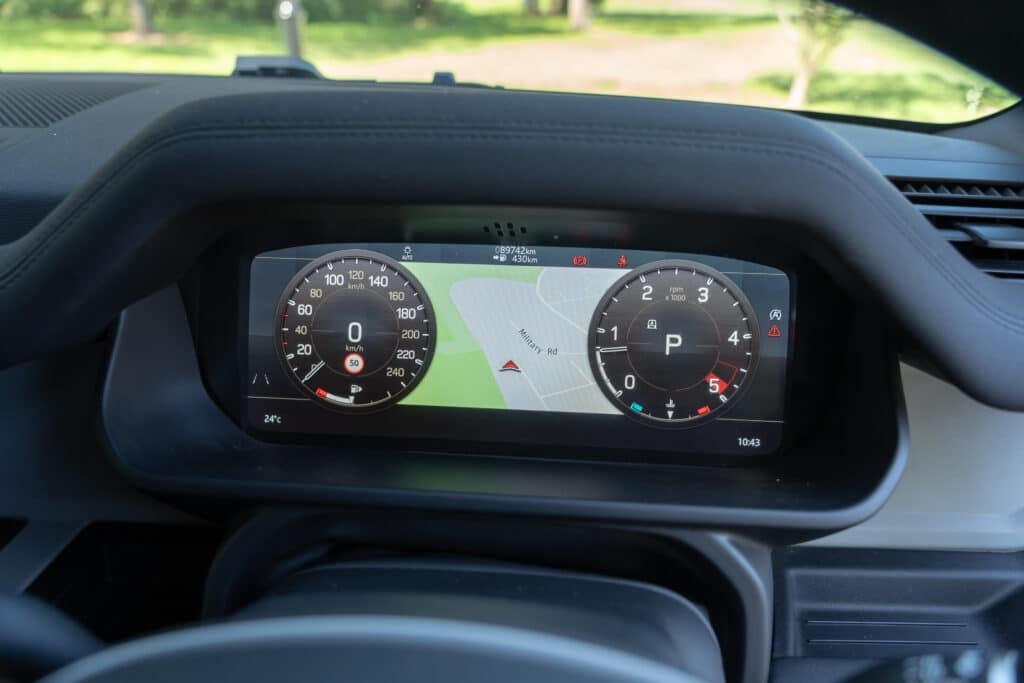

Unveiled in 2020, the all-new (L663) Defender marked a dramatic shift for Land Rover’s iconic nameplate, drawing in an entirely new customer base with its blend of retro-inspired design, cutting-edge technology, and vastly improved user-friendliness over its predecessor. But in doing so, it also managed to ruffle the feathers of traditionalists—hence why the Ineos Grenadier now exists, essentially catering to those who feel the new Defender has gone a little soft.
Initially launched in the larger 110 body style with a choice of five, six, or seven-seat interior configurations, the more compact 90 arrived locally later in 2020, with the extended 130 variant landing in 2024.
And while some die-hard fans remain unimpressed with the new direction, the L663 Defender hasn’t completely abandoned its heritage. From a design perspective, some of the old model’s key elements live on such as the short overhangs, a boxy stance, Alpine windows, a side-hinged tailgate, and an externally mounted spare wheel all serve as visual ties to the past.
Inside, rather than hiding its structure, Land Rover chose to expose certain elements to create an industrial, functional aesthetic, but without sacrificing luxury, practicality, or technology. Speaking of tech, the Defender debuted Jaguar Land Rover’s then-new Pivi Pro infotainment system, originally featuring a 10-inch touchscreen with Apple CarPlay and Android Auto, though later models benefitted from an 11.4-inch upgrade.
But if you’re in the market for a used one, good luck deciding which Defender is right for you. So far, 59 different variants have been sold in Australia, and with an almost infinite number of ways to option them, it’s highly unlikely you’ll find two second-hand Defenders that are exactly the same.
To make sense of it all, there are three body styles, five trim levels, and a seemingly endless list of optional extras, not to mention a broad engine lineup. Depending on the model year, you’ll find four and six-cylinder petrol and diesel engines, two different V8s, and even mild-hybrid and plug-in hybrid options, all of which come with their own unique reputations for reliability. And as we’ll explain in the “what goes wrong” section, that reputation isn’t always great.
Regardless of which variant you choose, all Defenders feature a permanent all-wheel-drive system as standard, paired with a two-speed transfer case and a locking centre differential, while a rear locking differential is available as an option. The Defender also comes equipped with Land Rover’s ‘Terrain Response’ system, allowing drivers to either select from a range of pre-programmed off-road modes or fine-tune the settings for a customised approach.
On the used market, the high-end V8 models have suffered from some serious depreciation, but many of the more mainstream variants have been holding their value exceptionally well, some even challenging the Toyota Prado and LandCruiser in terms of resale strength.
But as impressive as the Defender is to drive, to sit in, to look at, and to experience in general, and as formidable as it is off-road, some of the reliability and quality concerns that have been reported are, well, very concerning.
Not to mention, Land Rover (and Range Rover) regularly populate the very top of the various reports and lists when it comes to vehicles with the worst reliability and longevity.
If you’re thinking about buying a used one, we strongly recommend reading the “what goes wrong” section below before committing to what could either be a fulfilling or potentially toxic relationship.
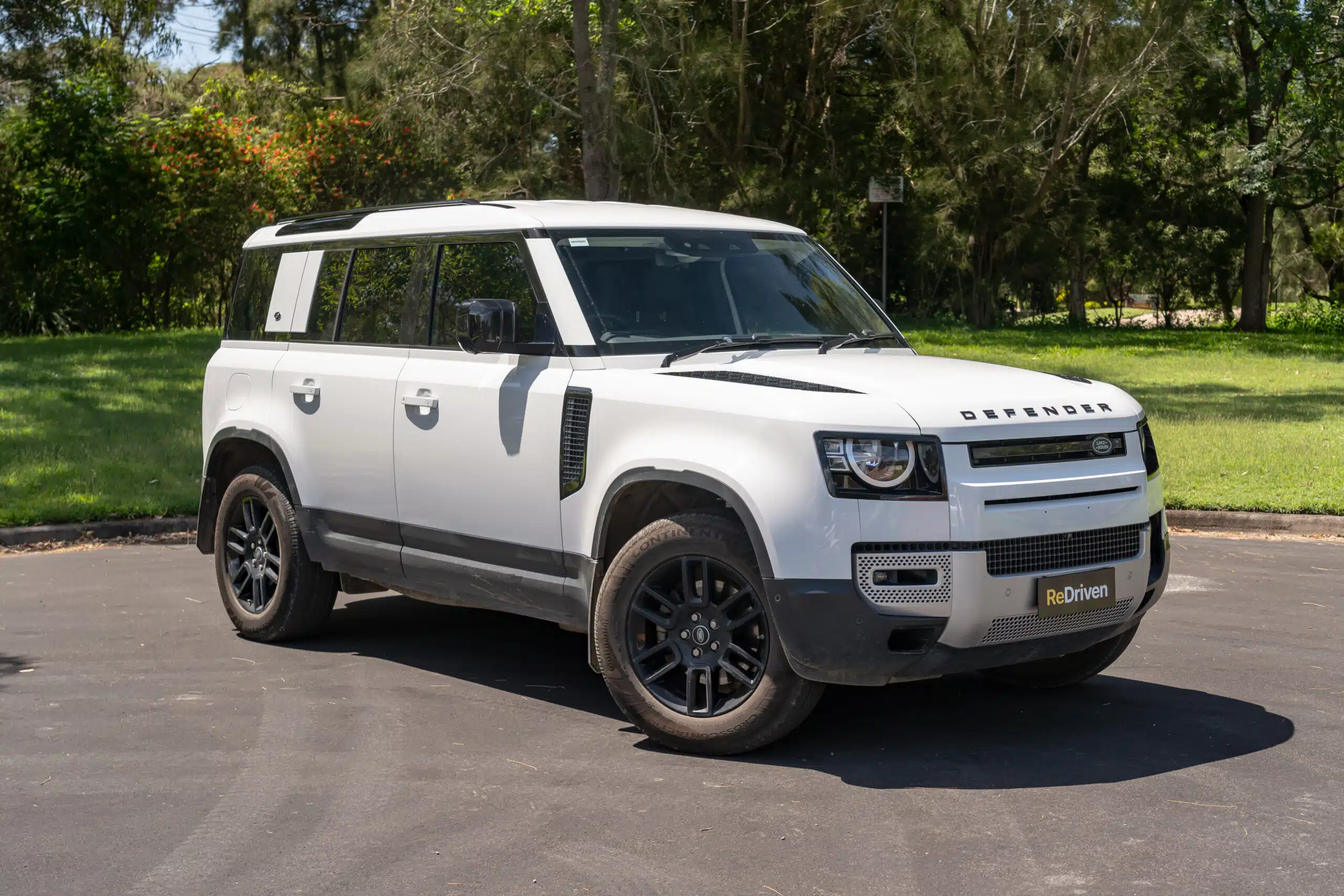
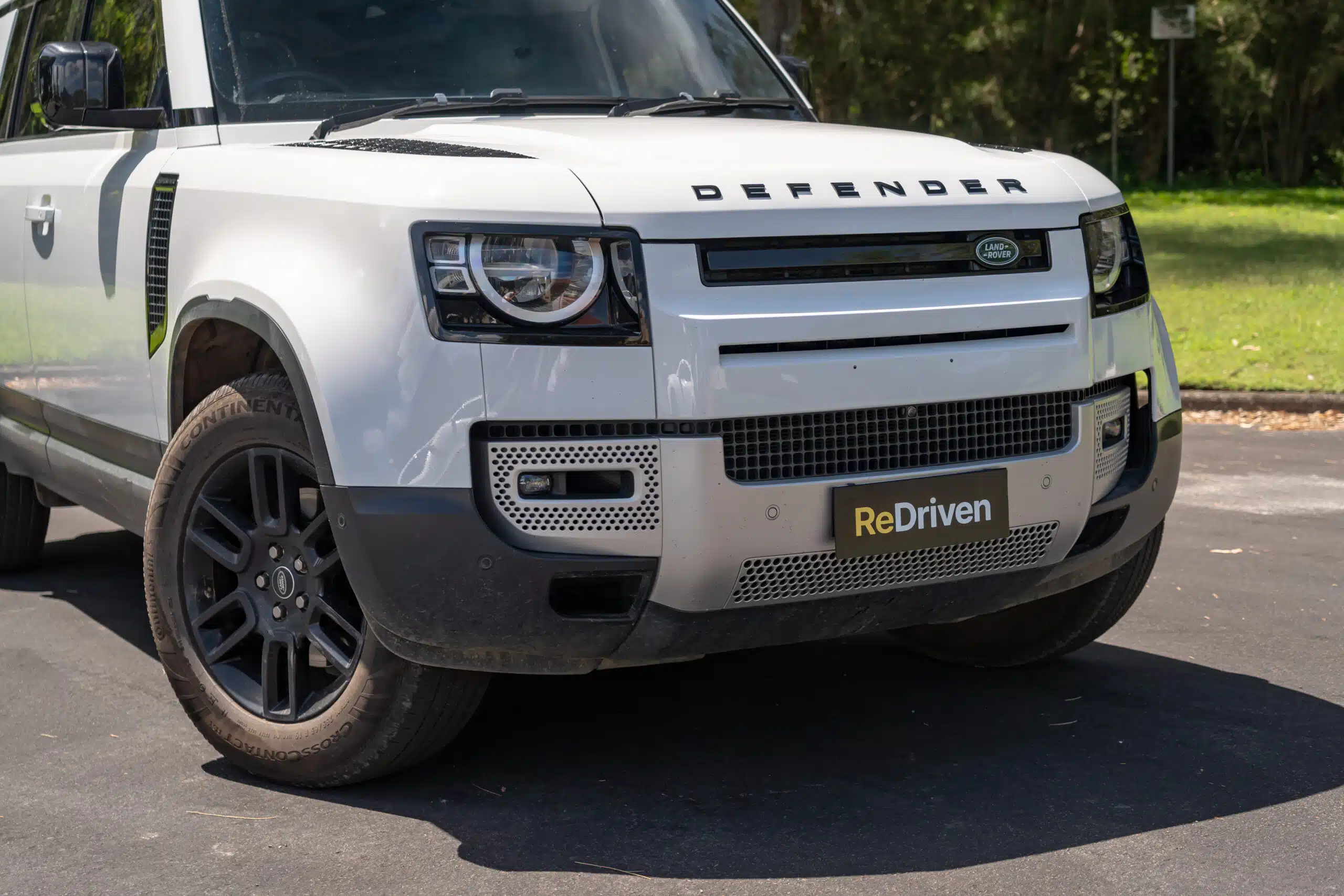
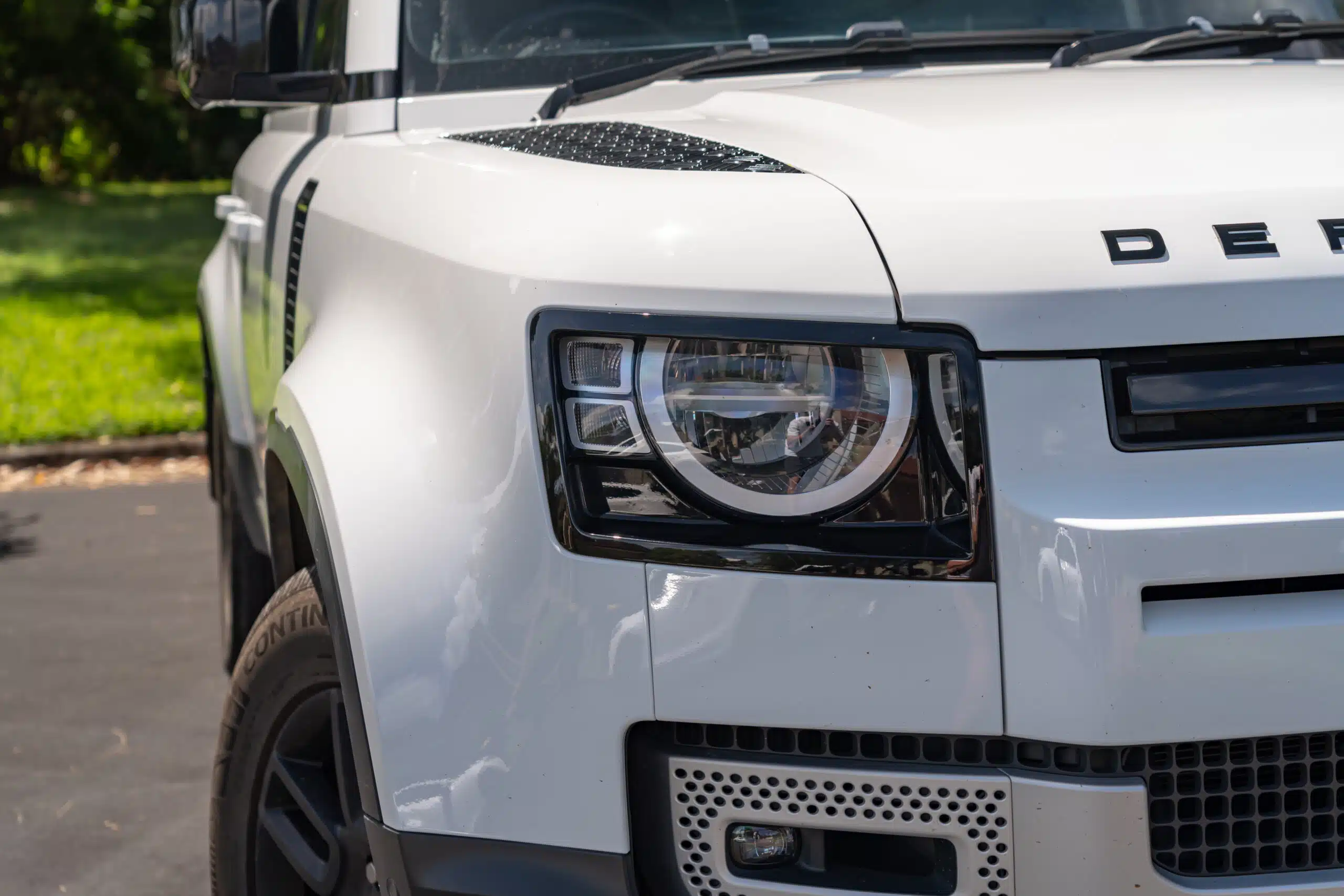
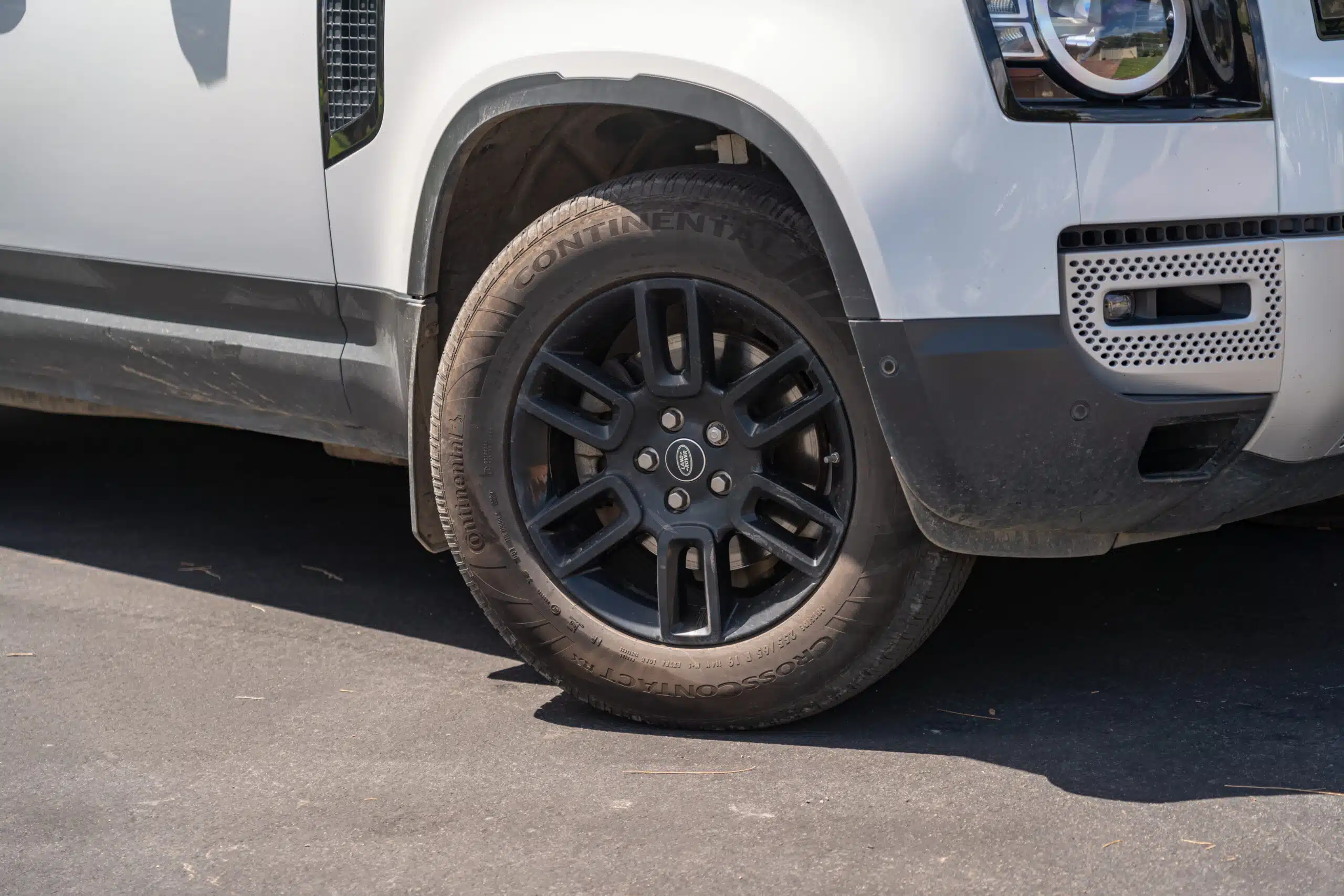
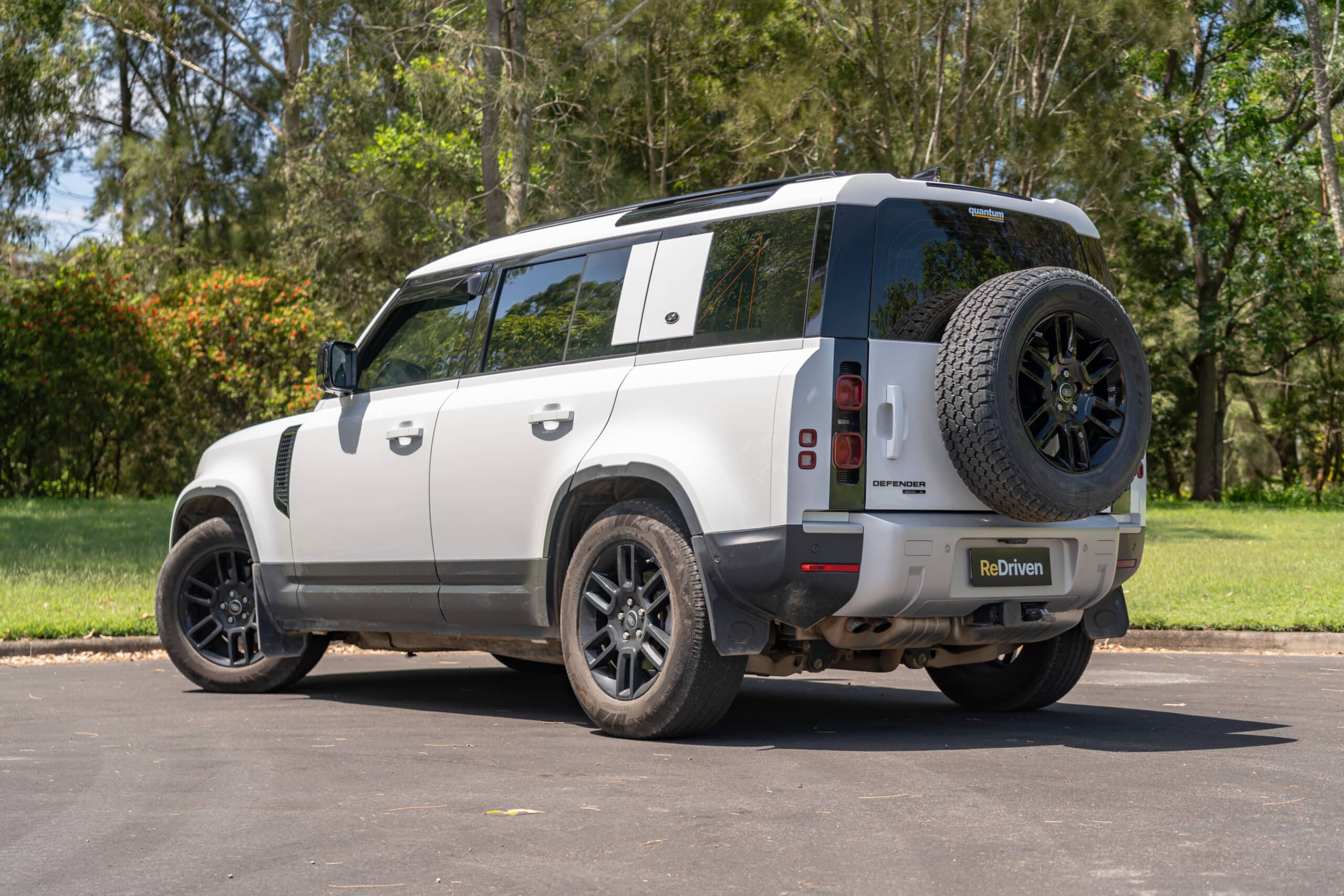
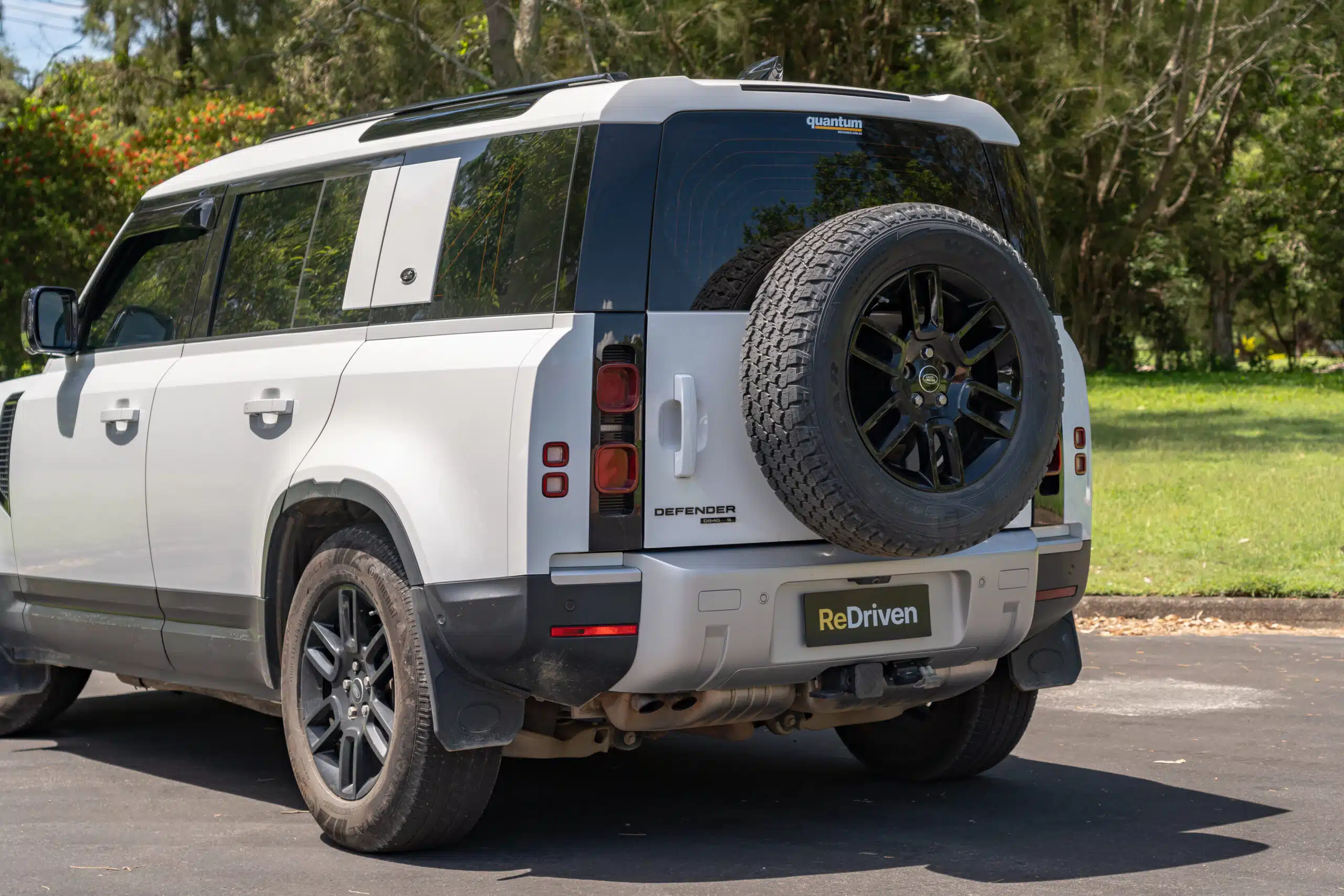

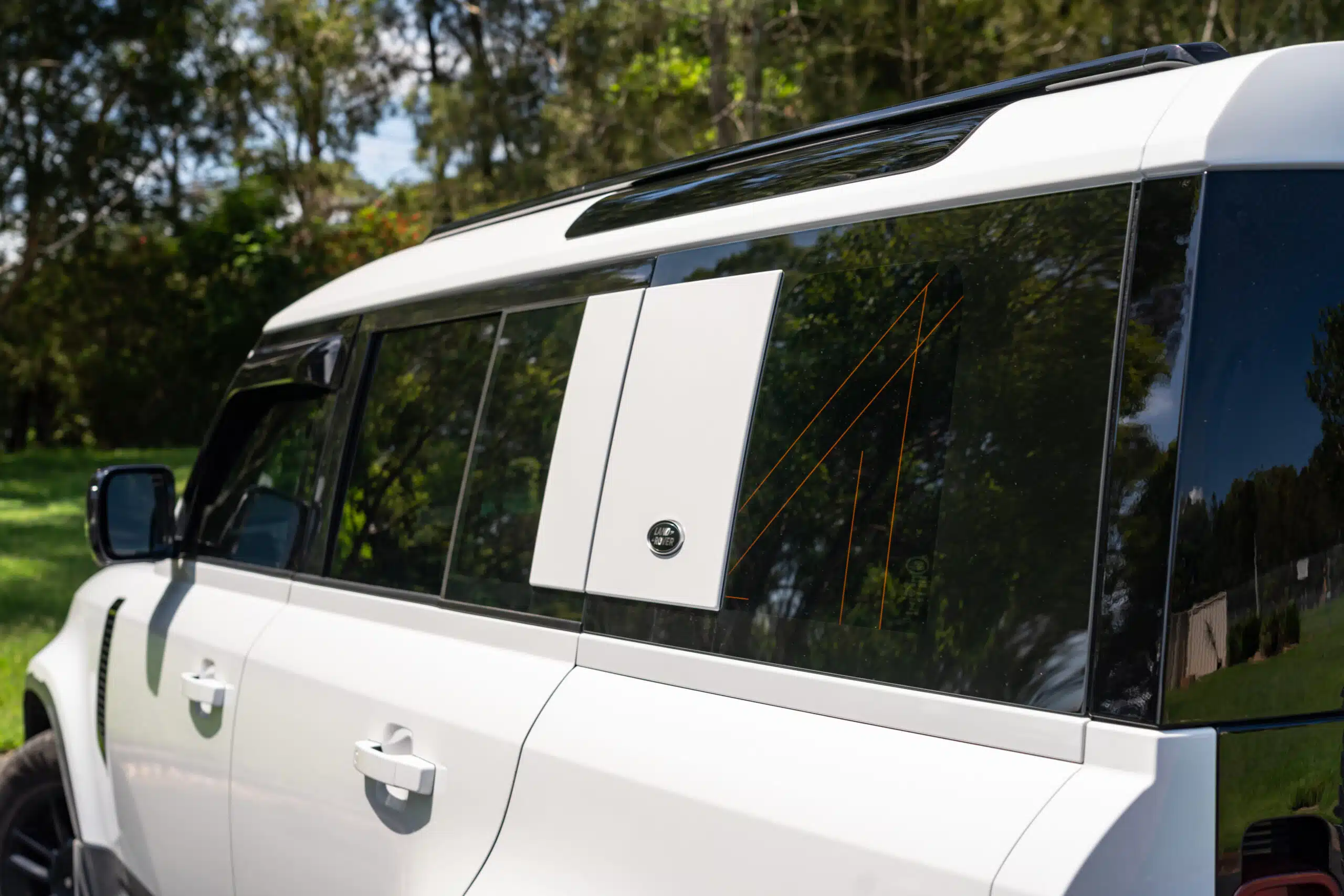
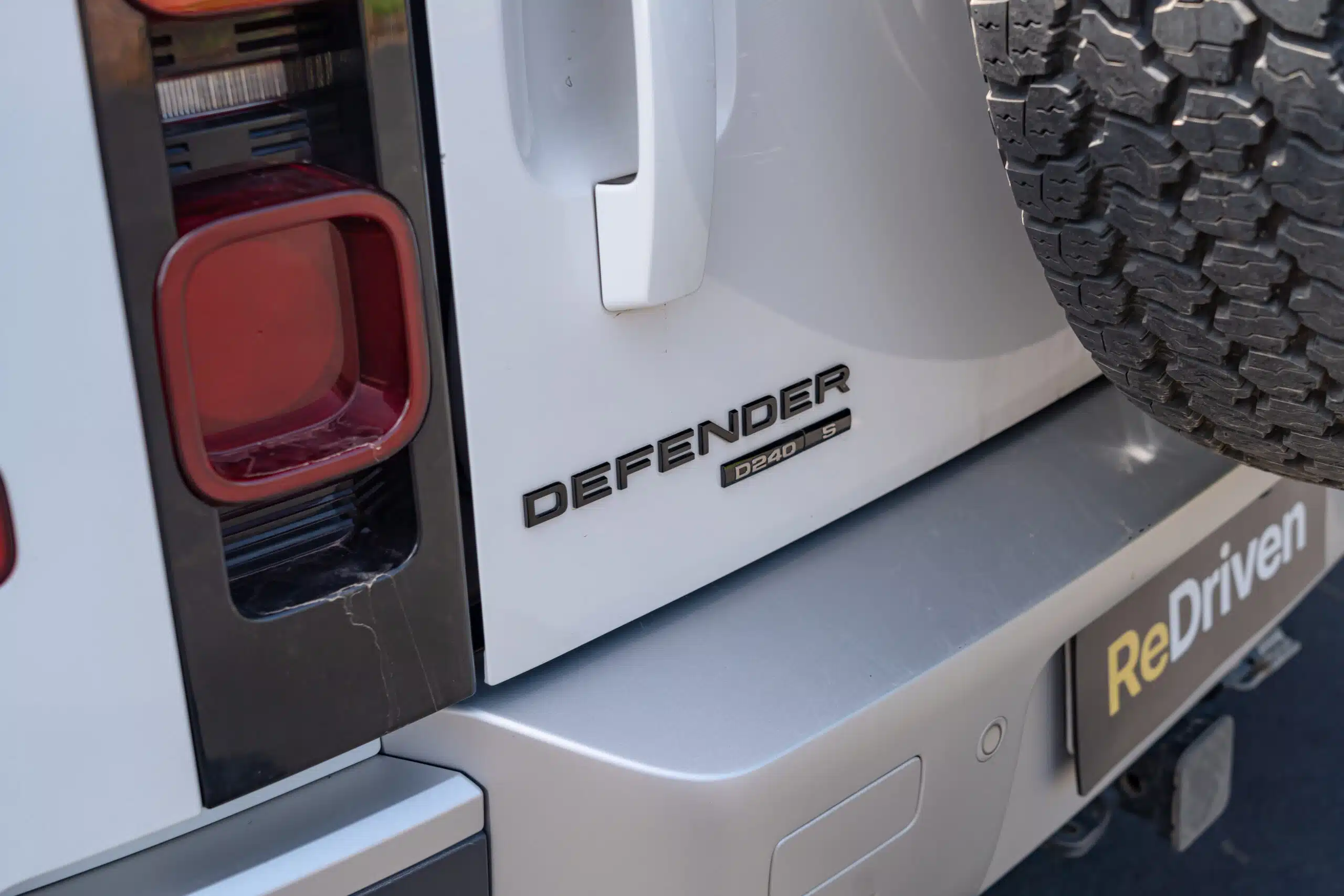
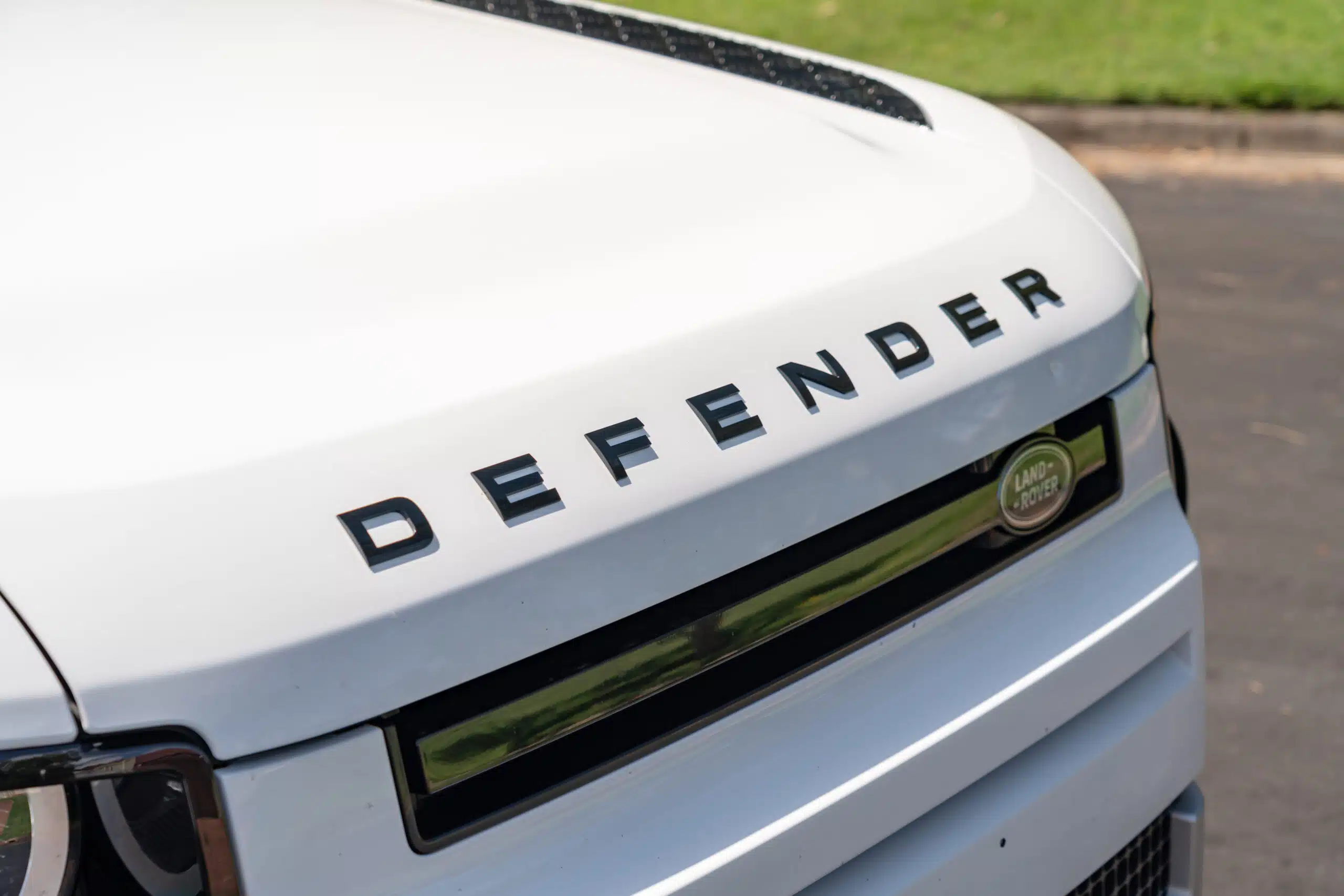
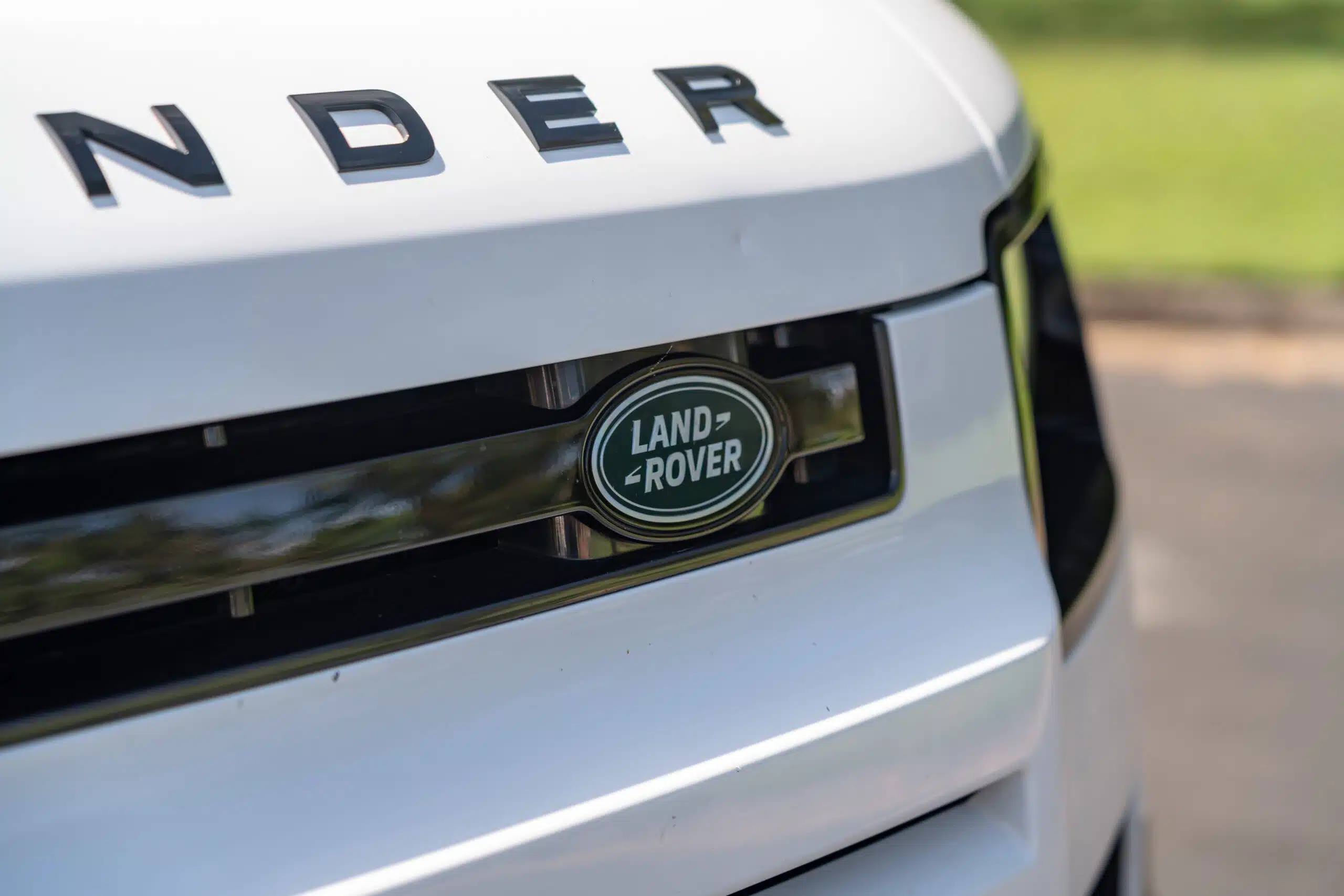

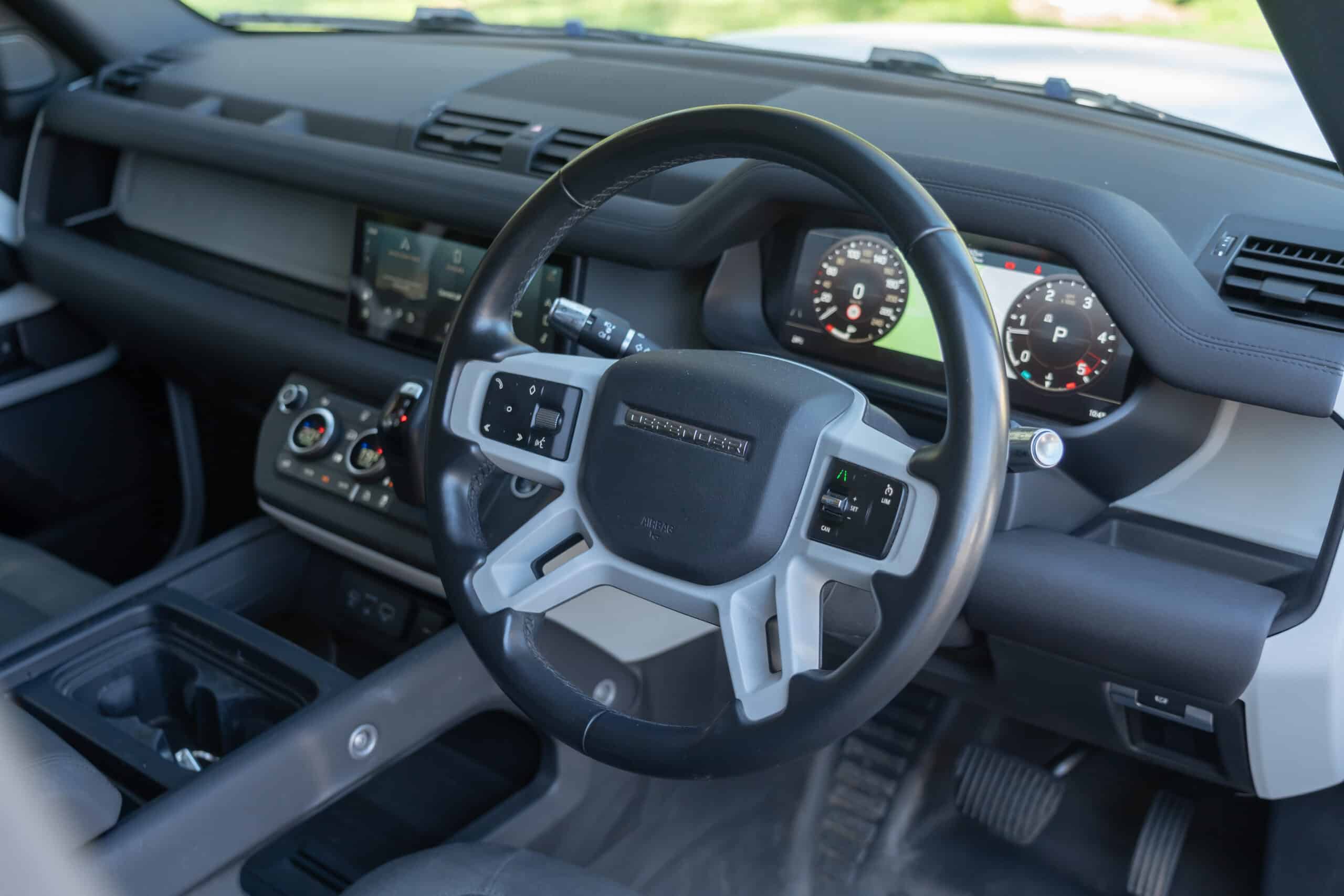
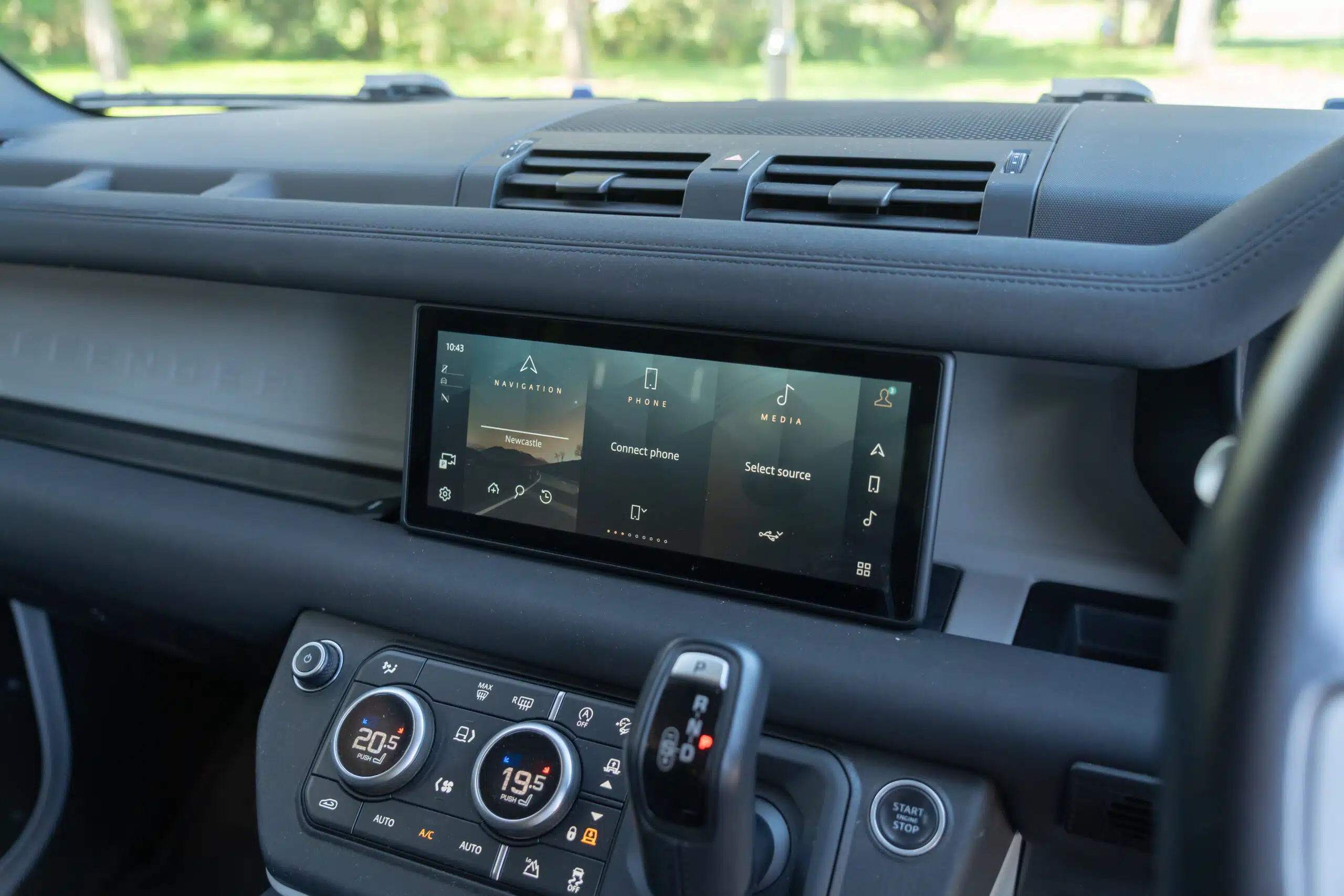

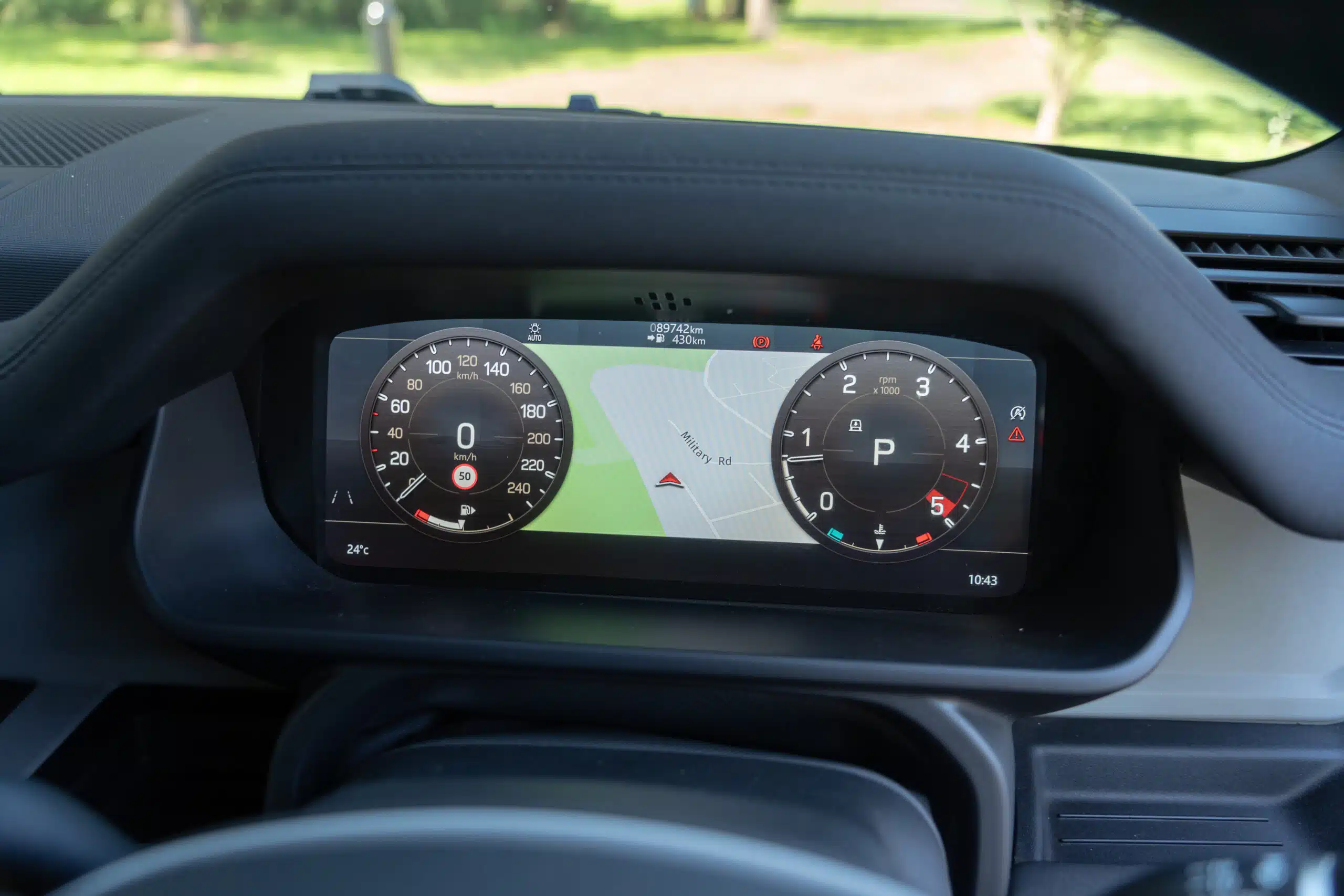
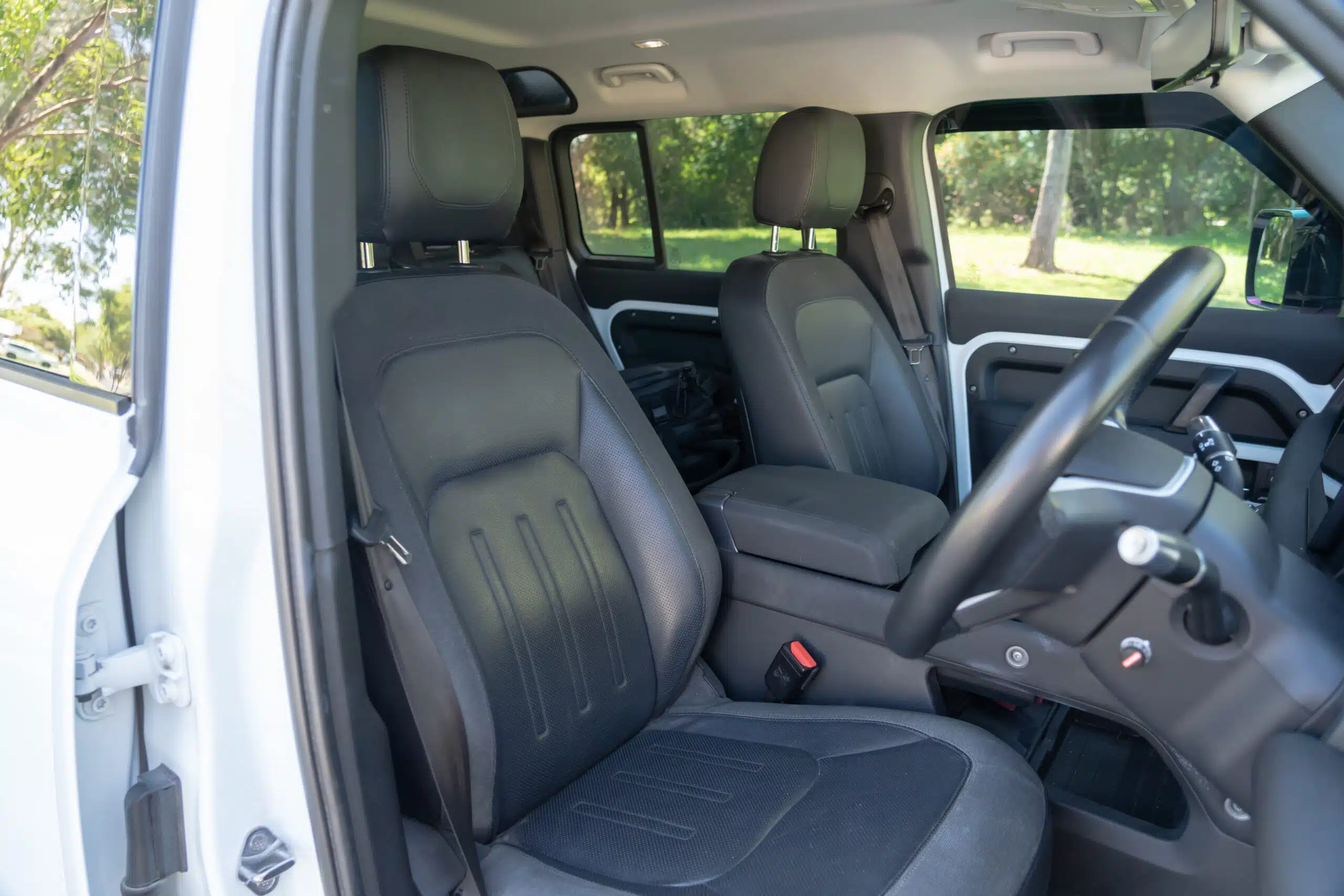

















Maybe this is just a Land Rover thing that we don’t fully grasp, but often owner’s group discussion threads will feature Defender owners passionately declaring their love for their Defenders, while simultaneously listing all the issues they’ve had. And it’s important to remember, the Defender is not some old , well-worn off-roader with a quarter-million kilometres on the clock, these are relatively new vehicles, and while some teething issues are expected in the first couple of years of production, by now, everything should be sorted out. But that doesn’t seem to be the case.
Exterior:
Maybe this is just a Land Rover thing that we don’t fully grasp, but often owner’s group discussion threads will feature Defender owners passionately declaring their love for their Defenders, while simultaneously listing all the issues they’ve had. And it’s important to remember, the Defender is not some old , well-worn off-roader with a quarter-million kilometres on the clock, these are relatively new vehicles, and while some teething issues are expected in the first couple of years of production, by now, everything should be sorted out. But that doesn’t seem to be the case.
Exterior:
Interior:
Mechanically:
Petrol Engines:
Diesel Engines:
Suspension:
Overall:
Many owners assume they’re doing the right thing by following Land Rover’s extended service intervals, but 30,000 km or two-year intervals will destroy these engines. Service every 10,000 km or 12 months (5,000 km and 6 months if towing or off-roading).
Some owners tolerate the Defender’s “quirks and gremlins,” but are they just desensitised? Blinded by brand loyalty? Or have they never owned a truly reliable 4WD like a LandCruiser, Patrol, or Pajero?
Maybe this is just a Land Rover thing that we don’t fully grasp, but often owner’s group discussion threads will feature Defender owners passionately declaring their love for their Defenders, while simultaneously listing all the issues they’ve had. And it’s important to remember, the Defender is not some old , well-worn off-roader with a quarter-million kilometres on the clock, these are relatively new vehicles, and while some teething issues are expected in the first couple of years of production, by now, everything should be sorted out. But that doesn’t seem to be the case.
Exterior:
Interior:
Mechanically:
Petrol Engines:
Diesel Engines:
Suspension:
Overall:
Many owners assume they’re doing the right thing by following Land Rover’s extended service intervals, but 30,000 km or two-year intervals will destroy these engines. Service every 10,000 km or 12 months (5,000 km and 6 months if towing or off-roading).
Some owners tolerate the Defender’s “quirks and gremlins,” but are they just desensitised? Blinded by brand loyalty? Or have they never owned a truly reliable 4WD like a LandCruiser, Patrol, or Pajero?
Before you start thinking this cheat sheet is telling you to avoid a used Defender altogether, let’s be clear, there are thousands of examples on the road that have never had an issue and likely never will. But it’s just as important to acknowledge that, as a brand, Land Rover consistently ranks poorly in reliability and customer satisfaction surveys, and that’s not something to be ignored.
If we’re being completely honest, we don’t think buying a used Defender is the best idea. But if its stunning design, brilliant driving experience, and sheer breadth of capability are still grabbing you, and if you’re a Land Rover die-hard who’s financially prepared to handle everything from depreciation to ongoing maintenance and potential repair bills, then sure, go for it buy one.
Just do everything in your power to find one of the rare examples that has been serviced well ahead of Land Rover’s ridiculous extended service intervals.
Also, while the Defender is absolutely capable of tackling hardcore off-road adventures and long-distance touring, be mindful of just how far away you are from a dealership or specialist mechanic when you do so, because if something goes wrong, you’ll want to be within towing (or walking) distance of a workshop that actually knows what they’re doing.
Think of it this way, the Defender is kind of like the fake Rolex of this segment. It looks the part, has undeniable style, and for most people, it’ll perform just fine. But start
Before you start thinking this cheat sheet is telling you to avoid a used Defender altogether, let’s be clear, there are thousands of examples on the road that have never had an issue and likely never will. But it’s just as important to acknowledge that, as a brand, Land Rover consistently ranks poorly in reliability and customer satisfaction surveys, and that’s not something to be ignored.
If we’re being completely honest, we don’t think buying a used Defender is the best idea. But if its stunning design, brilliant driving experience, and sheer breadth of capability are still grabbing you, and if you’re a Land Rover die-hard who’s financially prepared to handle everything from depreciation to ongoing maintenance and potential repair bills, then sure, go for it buy one.
Just do everything in your power to find one of the rare examples that has been serviced well ahead of Land Rover’s ridiculous extended service intervals.
Also, while the Defender is absolutely capable of tackling hardcore off-road adventures and long-distance touring, be mindful of just how far away you are from a dealership or specialist mechanic when you do so, because if something goes wrong, you’ll want to be within towing (or walking) distance of a workshop that actually knows what they’re doing.
Think of it this way, the Defender is kind of like the fake Rolex of this segment. It looks the part, has undeniable style, and for most people, it’ll perform just fine. But start digging a little deeper and really putting it to the test, and that’s when things can get a little complicated.
Before you start thinking this cheat sheet is telling you to avoid a used Defender altogether, let’s be clear, there are thousands of examples on the road that have never had an issue and likely never will. But it’s just as important to acknowledge that, as a brand, Land Rover consistently ranks poorly in reliability and customer satisfaction surveys, and that’s not something to be ignored.
If we’re being completely honest, we don’t think buying a used Defender is the best idea. But if its stunning design, brilliant driving experience, and sheer breadth of capability are still grabbing you, and if you’re a Land Rover die-hard who’s financially prepared to handle everything from depreciation to ongoing maintenance and potential repair bills, then sure, go for it buy one.
Just do everything in your power to find one of the rare examples that has been serviced well ahead of Land Rover’s ridiculous extended service intervals.
Also, while the Defender is absolutely capable of tackling hardcore off-road adventures and long-distance touring, be mindful of just how far away you are from a dealership or specialist mechanic when you do so, because if something goes wrong, you’ll want to be within towing (or walking) distance of a workshop that actually knows what they’re doing.
Think of it this way, the Defender is kind of like the fake Rolex of this segment. It looks the part, has undeniable style, and for most people, it’ll perform just fine. But start digging a little deeper and really putting it to the test, and that’s when things can get a little complicated.
Have ultimate peace of mind when buying a used car by purchasing an official PPSR report.
Please note that pricing information is subject to fluctuations in the automotive market.
Information correct as of Mar 14, 2025.
The advice provided on this website is general advice only. It has been prepared without taking into account your objectives, financial situation or needs. Before acting on this advice, you should consider the appropriateness of the advice, having regard to your own objectives, financial situation and needs.
Read our full terms and conditions here.
You are the best, the content in your videos is so helpful, delivered in a great way. Please keep going as for sure you are unique in every way. All the best from Guatemala
L. G. - YouTube
You guys have truly found something wonderful… Loved this channel ever since from the beginning… Will support you guys as long as you guys keep making these wonderful car reviews…
Calvin - YouTube
This is probably the best channel I have ever seen when reviewing vehicles. New or old. The honesty is so appreciated. I’ve been a mechanic for 20 years and I find it very informative when looking for a vehicle for my daughter. Keep up the awesome work.
Jason T. - YouTube
© 2025 ReDriven All Rights Reserved